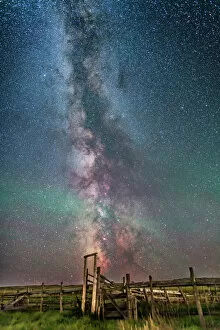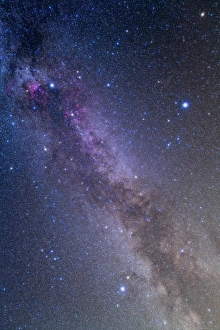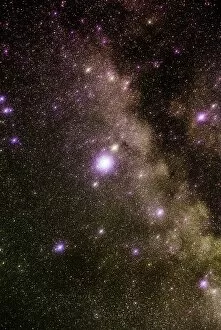Altair Collection
Altair, a name that resonates with innovation and exploration
All Professionally Made to Order for Quick Shipping
Altair, a name that resonates with innovation and exploration. From the vast expanse of the Milky Way over an old ranch corral to the pioneering spirit embodied by Sir Charles Kingsford Smith in front of his Lockheed Altair, this aircraft has left an indelible mark on history. Terrence Hertz, Deputy Associate Administrator for Technology at NASA Aeronautics Research Mission Directorate, recognizes the significance as it soars through the skies above Rogers Dry Lake at Edwards Air Force Base during a NOa/NASA mission. Its long wings stretch out proudly, showcasing its capabilities during environmental monitoring missions. Guided by skilled pilots from General Atomics, Altair takes flight as a remotely operated aircraft. With precision and expertise, it embarks on coastal mapping expeditions and mammal observations. Equipped with high-tech infrared imaging sensors nestled in its underbelly pod, Altair becomes an invaluable asset in aiding fire mapping efforts over wildfires like the Esperanza fire. On June 9th, Altair's first checkout flight proves successful – a testament to General Atomics' dedication to cutting-edge technology. This unmanned aerial vehicle (UAV) is built to push boundaries and explore new frontiers. With its payload bay capable of carrying up to 700 lbs. , NASA's Altair UAV becomes an essential tool for scientific endeavors. It opens doors for research and data collection that were once unimaginable. Altair represents progress – a symbol of human ingenuity reaching new heights. As we look towards the future, we can only anticipate further advancements made possible by this remarkable aircraft developed by General Atomics Aeronautical Systems Inc. Innovation knows no bounds when guided by pioneers like Sir Charles Kingsford Smith or Terrence Hertz. Altair continues their legacy as it soars through our skies – forever pushing boundaries and expanding our understanding of what is possible in aviation and beyond.











